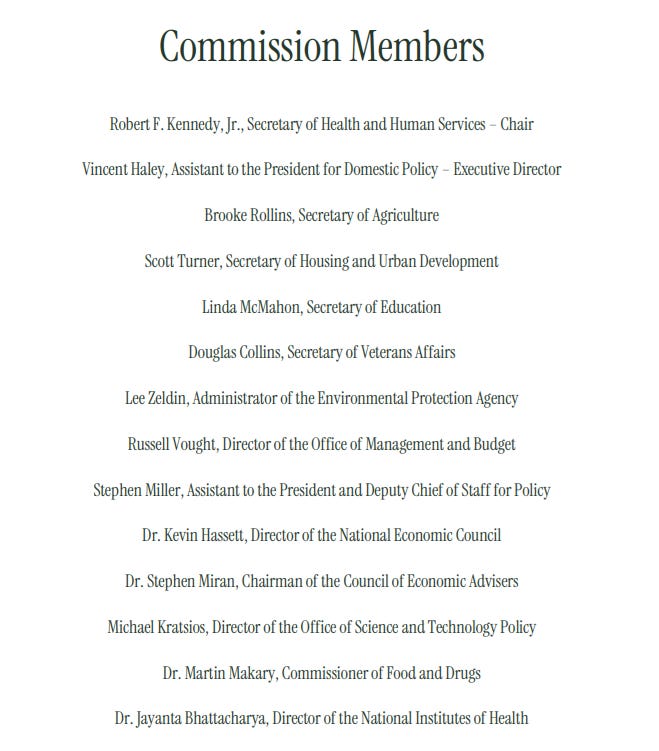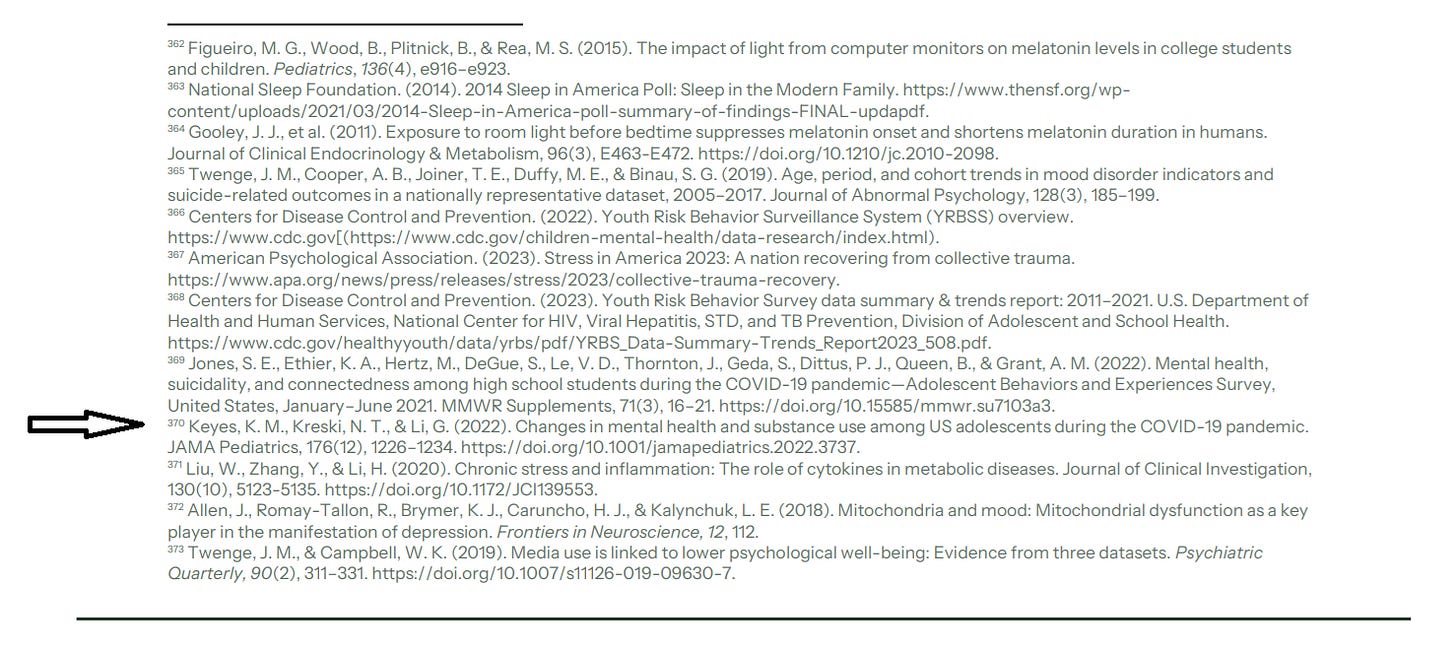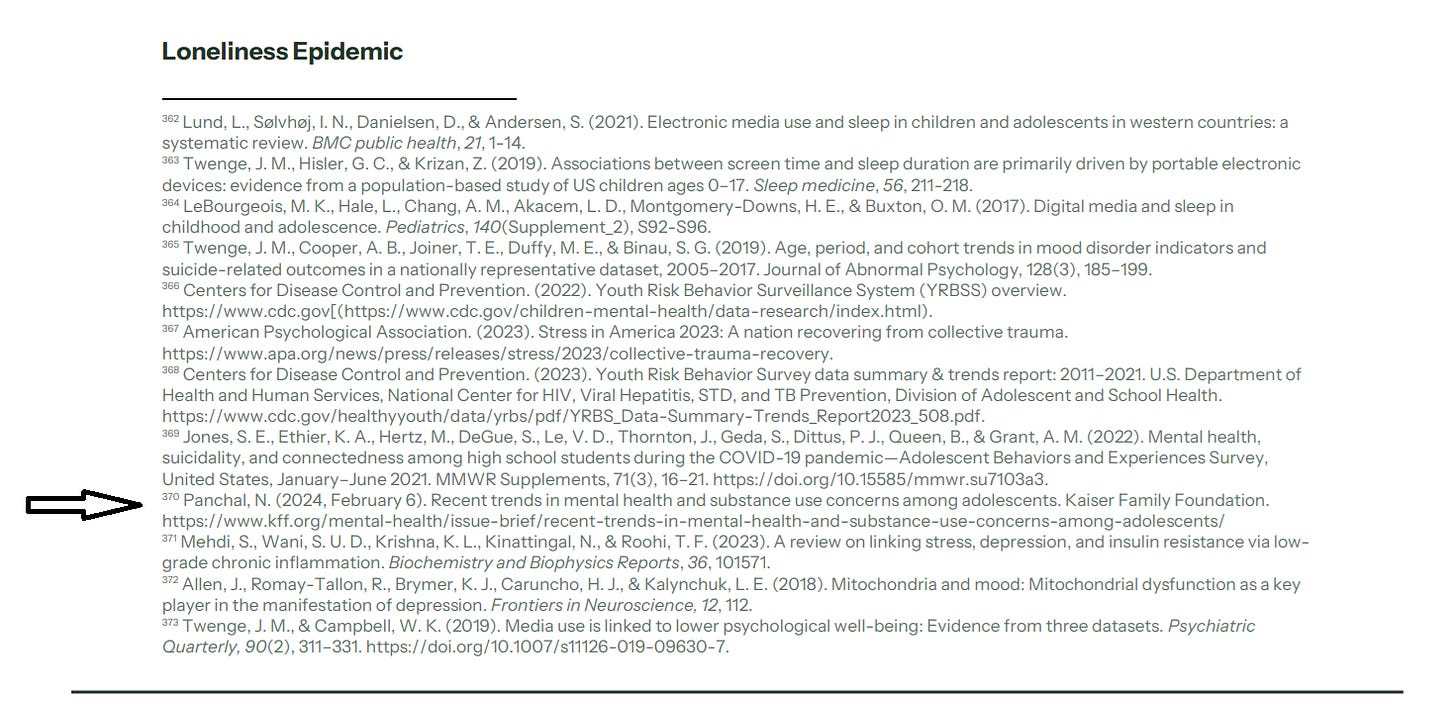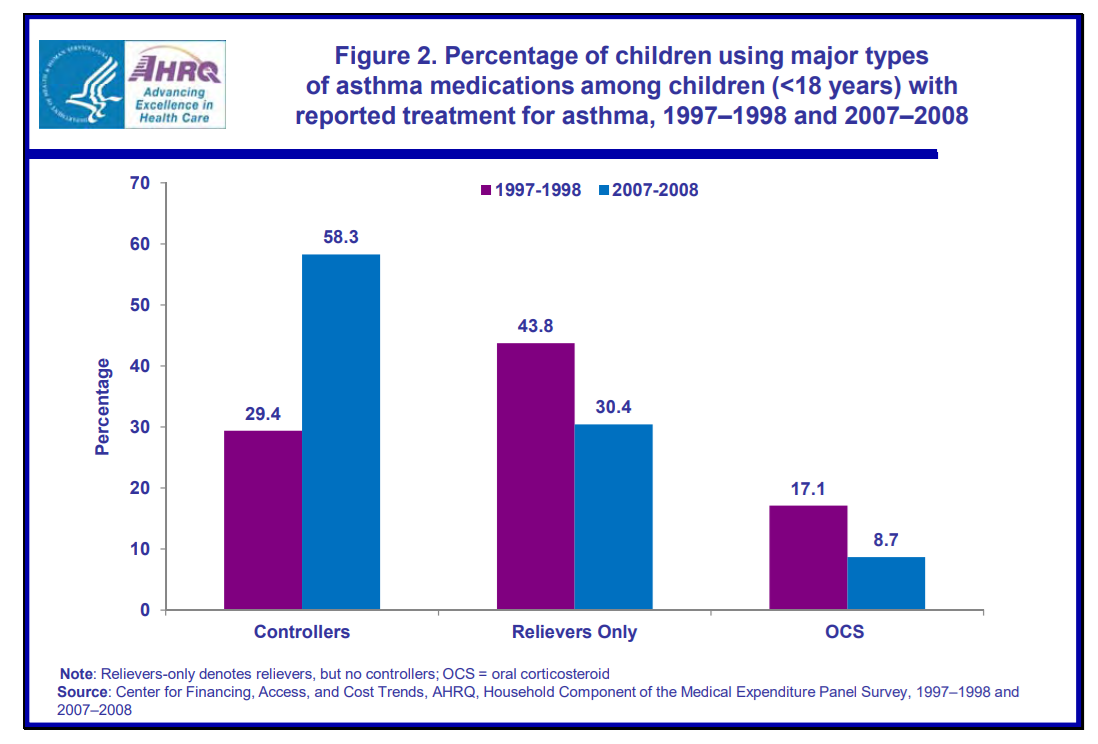TCA, vol. 66: Misrepresentations and fake references in MAHA's first major report to The White House.
If a student had submitted this, I'd send them up to the Dean's office for Academic Dishonesty.
When Donald Trump signed Executive Order #14212 in February, establishing the President’s Make America Healthy Again (MAHA) commission, part of the order was that in 100 days, the Commission would submit a Make Our Children Healthy Again Assessment. This assessment, published here, is intended to be the background and backbone of the upcoming Make Our Children Healthy Again Strategy, coming our way August 2025. You can think of the MAHA Assessment as the preliminary data that will shape the policies which the Department of HHS will implement to “make our children healthy again”.
As reported this morning very adeptly by Emily Kennard and Margaret Mento, the MAHA Assessment is full of errors, misrepresentations of data and complete reference fabrications. Many of the over 500 references cited either have broken links that go nowhere or are completely made up. That’s right, folks. The official, Executive Order-required Assessment that will determine the policies shaping our children’s health contains completely fabricated references.
I’ll pick out a few of the statements made by the Assessment, show the misrepresented or fabricated references, and then discuss why this all matters.

Fabricated references
The MAHA Assessment states: “Approximately 20% of adolescents reported anxiety symptoms and over 15% reported depressive symptoms, with girls showing significantly higher rates.” (reference #370)
And then reference 370 is listed as: Keyes, K. M., Kreski, N. T., & Li, G. (2022). Changes in mental health and substance use among US adolescents during the COVID-19 pandemic. JAMA Pediatrics, 176(12), 1226–1234. https://doi.org/10.1001/jamapediatrics.2022.3737.
This apparantly was big news to first author Katherine Keyes who, when contacted, said that she never wrote this paper and that the paper did not exist. In fact, when you go to JAMA Pediatrics, this paper is no where to be found. Keyes went on to say: “The paper cited is not a real paper that I or my colleagues were involved with. We’ve certainly done research on this topic, but did not publish a paper in JAMA Pediatrics on this topic with that co-author group, or with that title.”
Interestingly, someone over at MAHA must have heard they got busted today, because they uploaded a new copy of the MAHA report with the reference 370 changed to: Panchal, N. (2024, February 6). Recent trends in mental health and substance use concerns among adolescents. Kaiser Family Foundation. https://www.kff.org/mental-health/issue-brief/recent-trends-in-mental-health-and-substance-use-concerns-among-adolescents/
But the internet never forgets.

So, does the new reference support MAHA’s statement that “Approximately 20% of adolescents reported anxiety symptoms and over 15% reported depressive symptoms, with girls showing significantly higher rates.”. Almost.
The KFF report (new reference 370) says “21% of adolescents reported experiencing symptoms of anxiety in the past two weeks and 17% reported experiencing symptoms of depression. Female and LGBT+ adolescents were more likely than their counterparts to report experiencing anxiety or depression.” The MAHA report specifically left out the LGBT+ part, probably because the Trump administration is decidedly anti-LGBT+.
How did this fake reference get into the original report in the first place? Most likely, the MAHA Assessment authors used AI to generate parts of the report. According to the Florida State College Library, when you ask AI-bots like ChatGPT to generate an article including references, the AI will sometimes create fake references…. it’s called “hallucinating”. They list these ways to tell if a reference is made up.
author names are super common, like Smith and Brown
article title is a mishmash of words from your prompt
DOI doesn't work or links to a completely different (and real) article
made-up citations will, however, often use the name of a real journal, even though the article supposedly cited does not exist
Many of the DOI links in the MAHA Assessment don’t work (number 3 in the above list) and the Keyes article was completely fake even though the real journal does indeed exist (number 4).
Another fake reference, (521) Shah, M. B., et al. (2008). Direct-to-consumer advertising and the rise in ADHD medication use among children. Pediatrics, 122(5), e1055- e1060, that was used to substantiate the claim that “Direct to Consumer (DTC) advertising for ADHD drugs in children were found to use vague symptom lists including typical childhood behaviors; the ads led parents to overestimate ADHD prevalence and to request ADHD drugs inappropriately.” has also been changed this morning to an article in the New York Times. While the Times article is supportive of ADHD-meds being overprescribed, this is NOT a peer-reviewed scientific journal article as the MAHA Assessment was trying to portray with the fake Pediatrics reference.
Many of the other fake references identified by Kennard and Manto were changed this afternoon in the new MAHA report. They have very quickly covered their tracks.
They don’t know how to read data
In another section in the MAHA Assessment about childhood asthma prescriptions, they state: “Asthma controller prescriptions increased 30% from 1999-2008.” I looked up the reference, and indeed the paper does say that asthma controller prescriptions increased between the two study periods: 1997/1998 and 2007/2008. But the difference in controller prescriptions was actually double (29.4% to 58.3%) or a 98.3% increase. I have no idea where they got the 30% from, maybe they thought the 29.4% figure was the increase? It’s not. Its the estimate of childhood asthma controller prescriptions in 1997/98. The increase in prescriptions 98.3%, which actually makes their point even better than 30%. But this is what would happen if you asked AI to analyze the article for you. AI doesn’t necessarily understand percent increases, it just sees 29.4% and spits out that number.
These idiots are not reading the actual data. I’m sure they probably don’t understand it anyway. But remember, this is the assessment that is going to determine our future health policy.
And this is literally just one thing I picked out at random (I have asthma so I was interested in this particular tidbit). God only knows how many other things in this report are AI generated and not a true representation of the published data.
Why this is important
It is obvious to me that the Committee at MAHA used AI to generate the report that will most certainly be used as the blueprint for future American health policy. While AI is a powerful tool, and useful, it does not and cannot replace expertise by people with years in the field. AI just reads words on webpages and regurgitates them into a new format without understanding context or nuance. When it cannot find information, it falsifies it.
As we can see above, the original MAHA Assessment posted up until today, contained falsified and fake references. The report that is still up today contains misrepresentations or misinterpretations of data. We cannot have our future health policies written by AI (or worse yet, a bunch of lawyers).
Always written by Jessica at TCA (not an AI bot)
Emily Kennard and Margaret Manto. The MAHA Report Cites Studies That Don’t Exist. May 29. 2025.
The White House, Executive Order #14212. February 19, 2025.
The White House. Make Our Children Healthy Again Assessment. May 29, 2025.
FSCJ Library and tutoring services. Artificial Intelligence in Academics. May 27, 2025.




